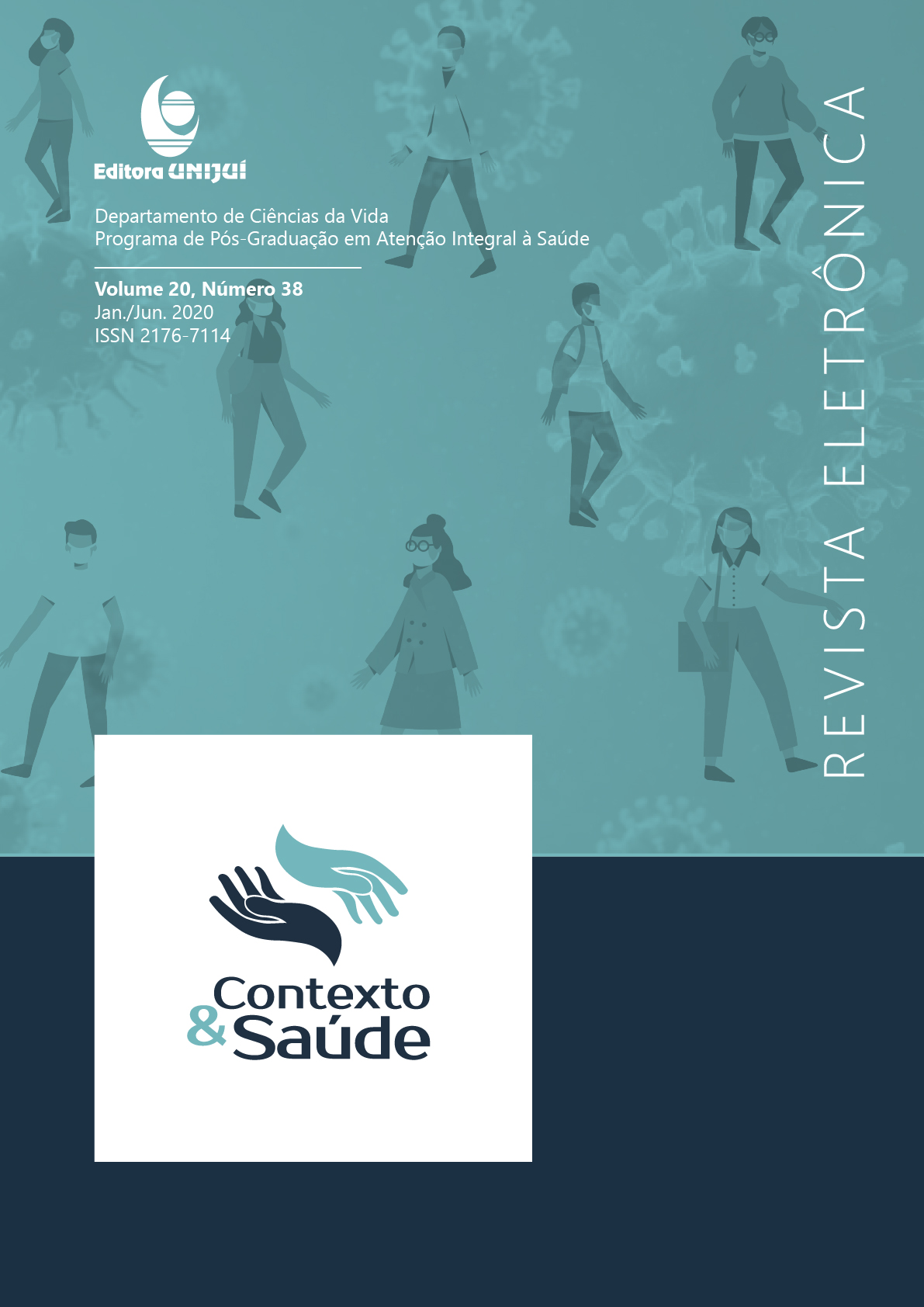IDENTIFYING FEBRILE HUMANS USING INFRARED THERMOGRAPHY SCREENING: POSSIBLE APPLICATIONS DURING COVID-19 OUTBREAK
DOI:
https://doi.org/10.21527/2176-7114.2020.38.5-9Keywords:
COVID-19, SARS, mass-screening, fever, skin temperatureAbstract
Since the first case of COVID-19 reported at late 2019, it has quickly spread throughout the world and became a pandemic. Because of its high transmission rate, COVID-19 is a huge threat to public health worldwide. Fever is a common symptom of patients with severe acute respiratory syndromes (SARS), including the COVID-19 disease. Infrared thermography (IT) is widely used to mass-screen the skin temperature of people in crowded places, such as hospitals and airports. This is of importance for patients and health professionals as it drastically decreases the risk of transmission due to the minimal contact between the evaluator and the subject. Infrared thermography strategy has already been widely used for the screening of febrile people during the outbreak of other pandemics such as H1N1 and Ebola. We here describe the potential of IT to identify febrile people who may be infected with COVID-19 and provide recommendations for their monitoring and management during this pandemic based on literature data.
Downloads
Published
How to Cite
Issue
Section
License
By publishing in Revista Contexto & Saúde, authors agree to the following terms:
The works are licensed under the Creative Commons Atribuição 4.0 Internacional (CC BY 4.0) license, which allows:
Share — to copy and redistribute the material in any medium or format;
Adapt — to remix, transform, and build upon the material for any purpose, including commercial.
These permissions are irrevocable, provided that the following terms are respected:
Attribution — authors must be properly credited, with a link to the license and indication of any changes made.
No additional restrictions — no legal or technological measures may be applied that restrict the use permitted by the license.
Notes:
The license does not apply to elements in the public domain or covered by legal exceptions.
The license does not grant all rights necessary for specific uses (e.g., image rights, privacy, or moral rights).
The journal is not responsible for opinions expressed in the articles, which are the sole responsibility of the authors. The Editor, with the support of the Editorial Board, reserves the right to suggest or request modifications when necessary.
Only original scientific articles presenting research results of interest that have not been published or simultaneously submitted to another journal with the same objective will be accepted.
Mentions of trademarks or specific products are intended solely for identification purposes, without any promotional association by the authors or the journal.
License Agreement (for articles published from September 2025): Authors retain copyright over their article and grant Revista Contexto & Saúde the right of first publication.

